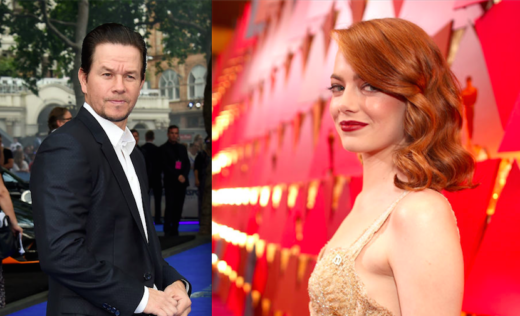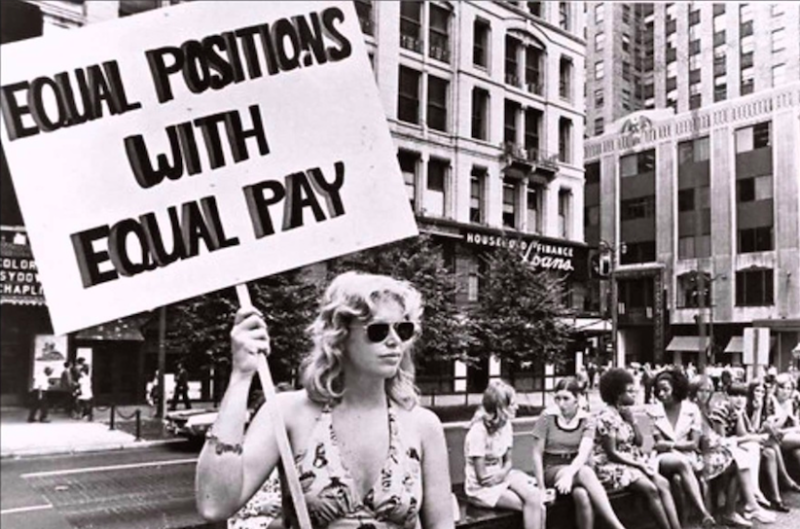This year's Forbes figures are in, and, if you want to be very confused, in 2017 the highest-paid actor in Hollywood was Mark Wahlberg. He made $68 million! The highest paid actress for the same period was Emma Stone, who pulled in $26 million. That's such an enormous discrepancy that, in order to find an actor in the same pay bracket as the Oscar-winning Stone, you have to drop all the way down to the No. 14 and 15 slots on the actor's list (Ryan Gosling's $29 million and Ryan Reynolds' $21 million).
Despite many vocal objections from women working in Hollywood in recent years, the gap between the highest earning actors and actresses in America isn't getting better — based on this year's report, it seems to be getting worse. In 2015, according to Variety, the highest paid actors combined made $431 million. The top ten actresses combined made almost half that -- $218 million. That year, the gap between top earners Robert Downey Jr. ($80 million) and Jennifer Lawrence ($52 million) was $28 million. The difference between Wahlberg and Stone two years later is a whopping $42 million.
While Jennifer Lawrence's essay on wage inequality for Lena Dunham's Lenny site did make waves ("When the Sony hack happened," Lawrence wrote, "I found out how much less I was being paid than the lucky people with d**ks,") the most visible incident of an actress speaking out about Hollywood's wage inequality was Patricia Arquette at the 2015 Oscars. Having just won the Academy Award for Best Supporting Actress, she used the podium to state unequivocally that it's "time to have wage equality once and for all, and equal rights for women in the United States of America.” Meryl Streep was famously so pleased someone had finally said it, she leapt out of her chair.
But on the Oscars red carpet a year later, Arquette told journalists she had lost roles as a result of her acceptance speech. "Before I said it, I knew there was going to be some drama," she said, "because it would cost people money.” That fear of pushing too hard and losing work puts women in an impossible position -- even at the highest levels. 2003's Something’s Gotta Give offers an absurd example. When Jack Nicholson received back-end pay for the movie, and Diane Keaton, who had a larger role in the film, did not, Nicholson wound up trying to right the wrong by sending Keaton part of his check. Few female stars have co-stars willing to go to such lengths.



